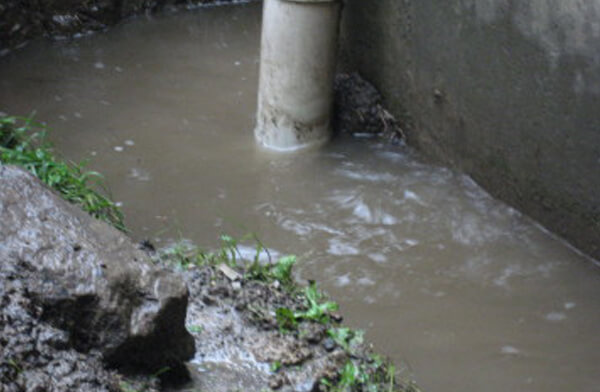We've discovered the article about Top leak detection hacks down the page on the internet and figured it made good sense to talk about it with you here.

Early detection of dripping water lines can alleviate a possible catastrophe. Besides saving you money, it will certainly minimize the irritation and frustration. The minute you discover a leak, calling your plumber for fixings is the most effective service. Some tiny water leakages may not be visible. Below are some hacks that help if you can not spot it with your nude eyes.
1. Examine the Water Meter
Checking it is a guaranteed means that helps you find leaks. If it relocates, that shows a fast-moving leak. This implies you might have a slow leak that might also be below ground.
2. Examine Water Consumption
Evaluate your water expenses and also track your water consumption. As the one paying it, you ought to observe if there are any kind of disparities. If you spot sudden changes, despite your consumption being the same, it means that you have leakages in your plumbing system. Bear in mind, your water costs should drop under the very same variety each month. An unexpected spike in your bill shows a fast-moving leakage.
On the other hand, a steady boost monthly, even with the exact same routines, shows you have a slow leakage that's likewise gradually intensifying. Call a plumber to thoroughly inspect your residential or commercial property, specifically if you really feel a warm area on your flooring with piping underneath.
3. Do a Food Coloring Examination
When it comes to water intake, 30% comes from bathrooms. If the shade somehow infiltrates your dish during that time without flushing, there's a leak in between the tank as well as dish.
4. Asses Exterior Lines
Do not neglect to check your outside water lines as well. Needs to water seep out of the connection, you have a loose rubber gasket. One small leakage can throw away loads of water as well as increase your water expense.
5. Assess the situation and inspect
House owners should make it a routine to inspect under the sink counters and also inside cupboards for any bad odor or mold and mildew development. These 2 red flags indicate a leakage so punctual interest is required. Doing regular examinations, even bi-annually, can save you from a significant issue.
If you recognize your home is currently old, keep a careful eye on your heaters, tubes, pipes etc. Look for discolorations as well as damaging as many pipelines and also appliances have a life expectancy. They will certainly additionally normally deteriorate due to tear as well as use. Do not wait for it to escalate if you think leaking water lines in your plumbing system. Call a professional plumber as soon as possible so you do not end up with an awful mess in your home.
Early detection of dripping water lines can mitigate a possible disaster. Some little water leaks might not be noticeable. Inspecting it is a surefire means that helps you find leaks. One small leak can lose heaps of water and also increase your water costs.
If you suspect dripping water lines in your plumbing system, don't wait for it to intensify.
WARNING SIGNS OF WATER LEAKAGE BEHIND THE WALL
PERSISTENT MUSTY ODORS
As water slowly drips from a leaky pipe inside the wall, flooring and sheetrock stay damp and develop an odor similar to wet cardboard. It generates a musty smell that can help you find hidden leaks.
MOLD IN UNUSUAL AREAS
Mold usually grows in wet areas like kitchens, baths and laundry rooms. If you spot the stuff on walls or baseboards in other rooms of the house, it’s a good indicator of undetected water leaks.
STAINS THAT GROW
When mold thrives around a leaky pipe, it sometimes takes hold on the inside surface of the affected wall. A growing stain on otherwise clean sheetrock is often your sign of a hidden plumbing problem.
PEELING OR BUBBLING WALLPAPER / PAINT
This clue is easy to miss in rooms that don’t get much use. When you see wallpaper separating along seams or paint bubbling or flaking off the wall, blame sheetrock that stays wet because of an undetected leak.
BUCKLED CEILINGS AND STAINED FLOORS
If ceilings or floors in bathrooms, kitchens or laundry areas develop structural problems, don’t rule out constant damp inside the walls. Wet sheetrock can affect adjacent framing, flooring and ceilings.
https://www.servicemasterbyzaba.com/blog/how-to-detect-water-leakage-in-walls/

I ran across that content on Detecting hidden plumbing leaks when surfing around the internet. Those who enjoyed reading our blog entry if you please do not forget to pass it around. Many thanks for your time. Come back soon.